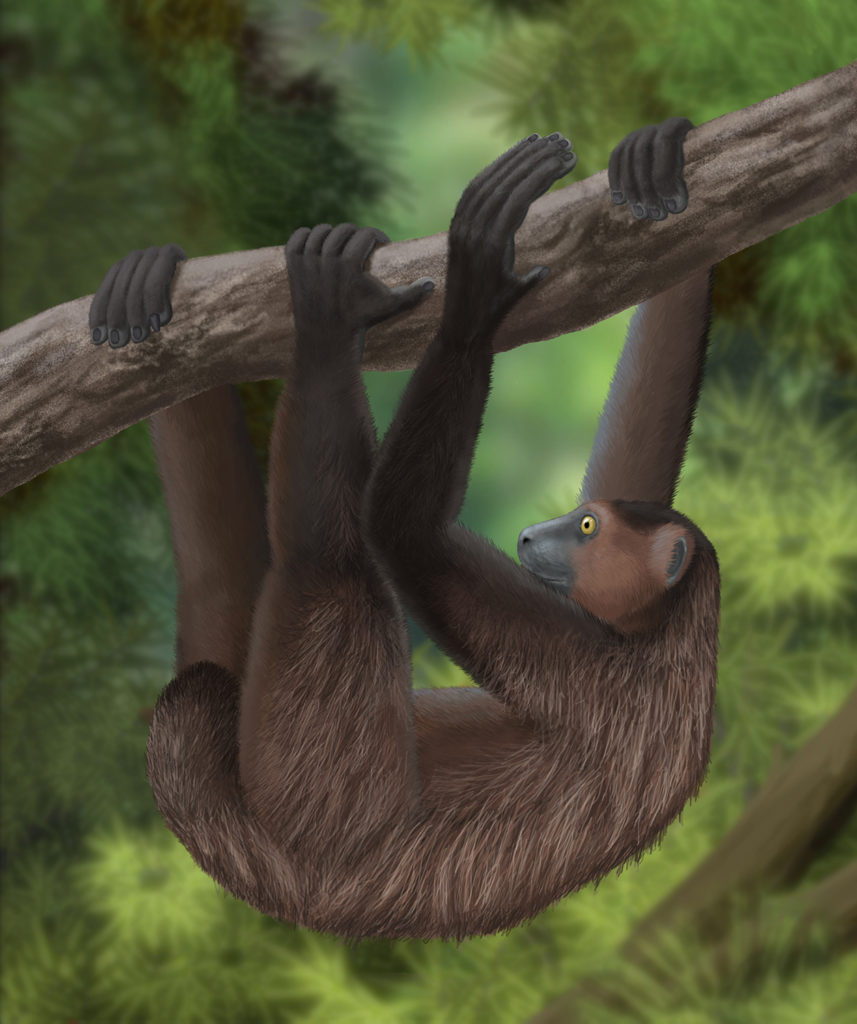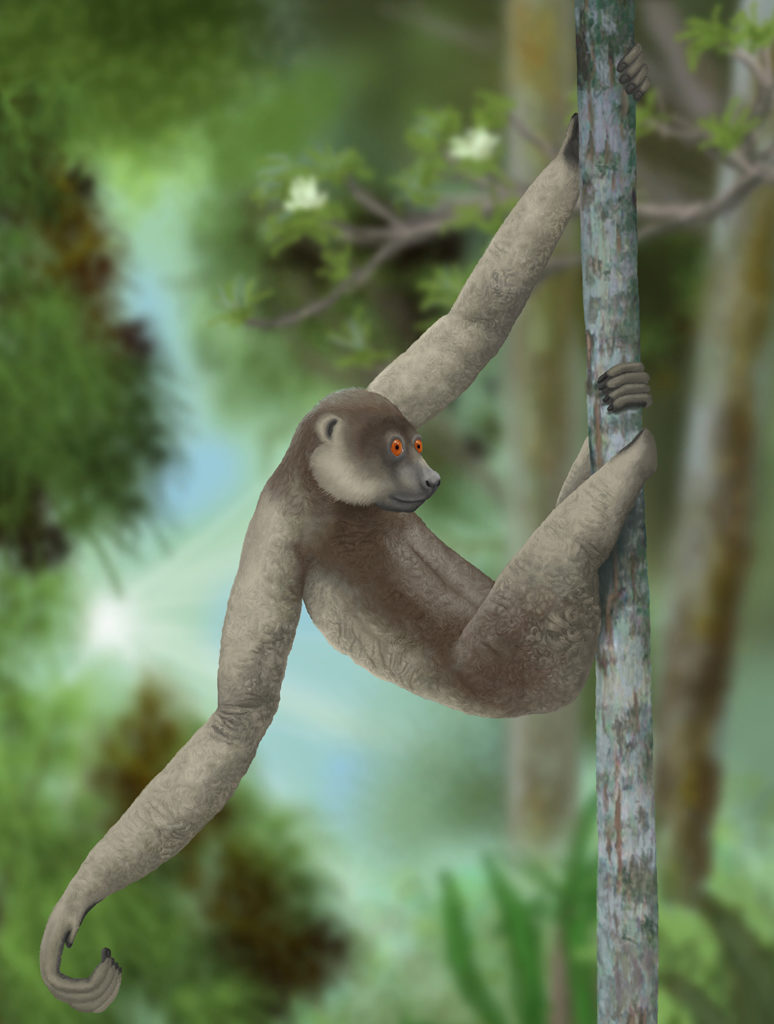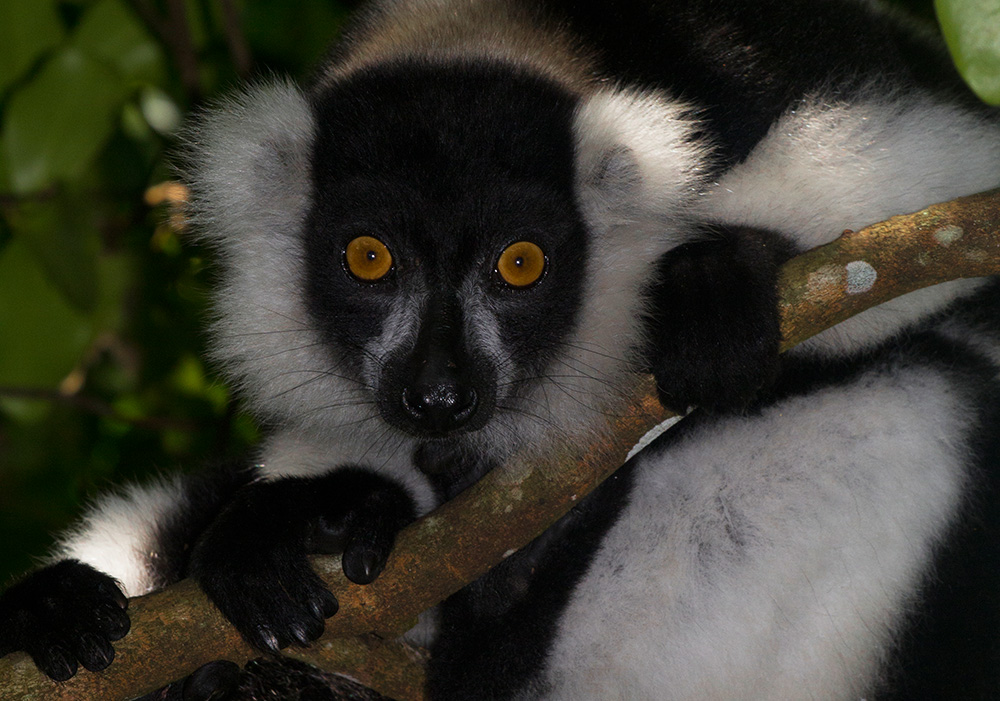
#1 Lemurs are only found wild in Madagascar
The island of Madagascar is the only country in the entire world where lemurs occur naturally. Only two species of lemurs, the brown lemur, and the Mongoz lemur, were trafficked to the Comoros by humans and have successfully settled there. Many species of lemurs are not even found in zoos today, but still only in the wild in Madagascar. This is mostly due to the very special diet with hundreds of different flowers, leaves, and plant parts.
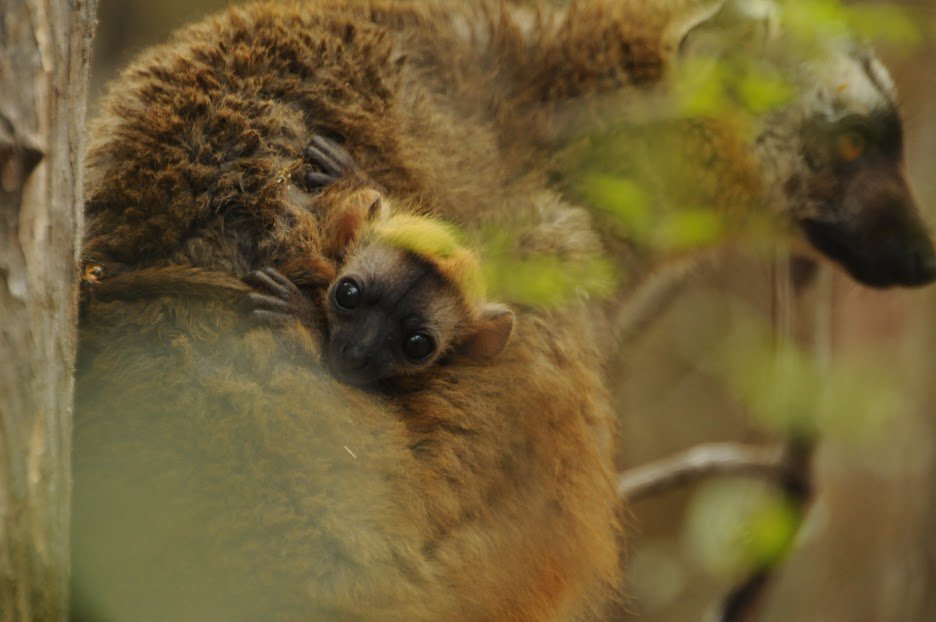
#2 With lemurs, the females wear the breeches.
In almost all lemurs, females lead the groups. This is very unusual for mammals, usually older males are the leaders of social groups. But not in lemurs! The females have first access to tasty food, occupy the best viewing and sleeping spots and decide with whom and when to mate.
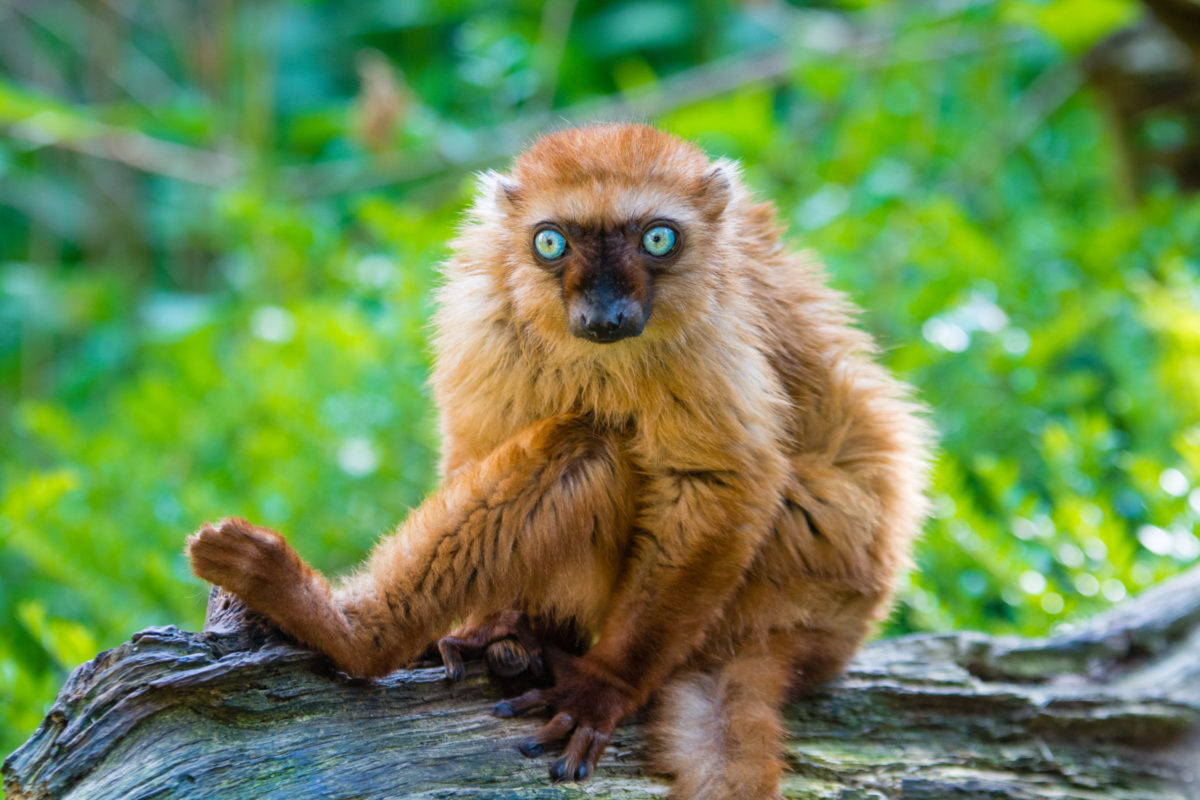
#3 Apart from humans, lemurs are the only primates that can have blue eyes.
Blue eyes are extremely rare in the animal world. Blue eyes are common in humans, but not in primates. With exactly one exception! The blue-eyed lemur from Madagascar also has bright blue, beautiful eyes. It is even named after them and is found in the northwest of Madagascar in the Sahamalaza protected area.
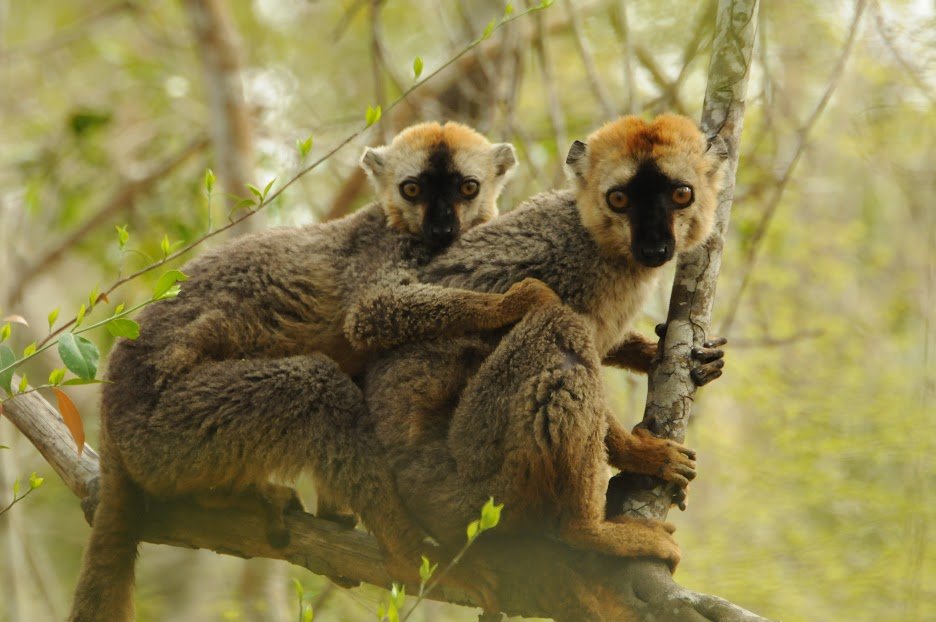
#4 Lemurs use centipedes to get high.
Red-fronted lemurs are known for a peculiar behaviour that is not known from any other animal: they use the poisonous secretions of millipedes to get high. What exactly they do with it, i.e. whether it can alleviate stomach problems or reduce parasite infestations, has not yet been researched in detail.
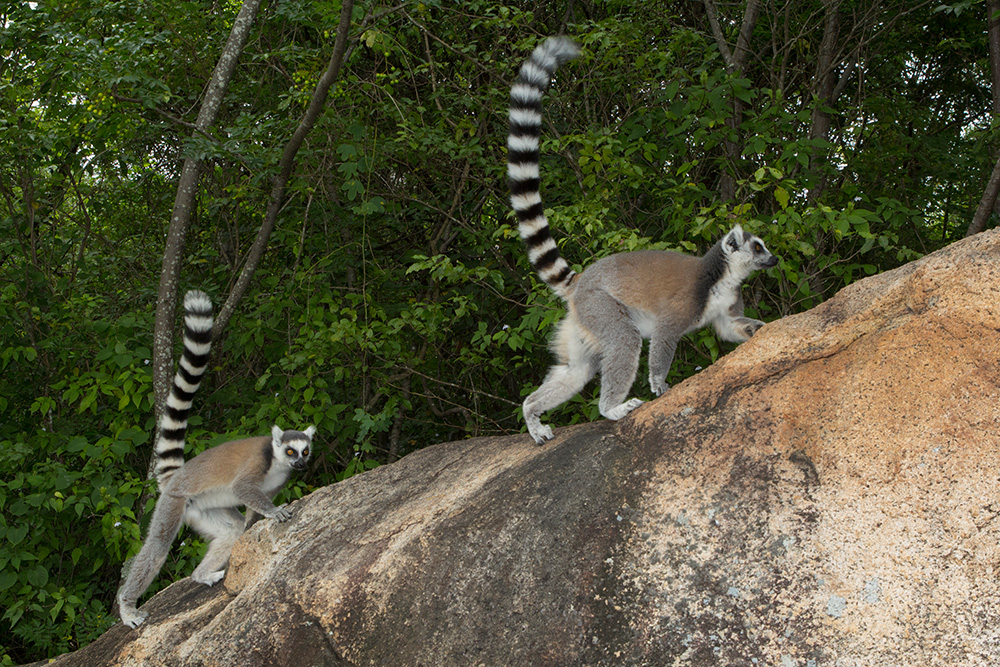
#5 Lemurs communicate with song and stink-fights.
Many lemurs have found unique ways to communicate. The largest lemurs in Madagascar, the indris, sing to each other. Their songs can be heard kilometres away through the forest. They use the songs to find each other again, but also to demarcate their territories. The males smear the secretions of their scent glands on their curled tails. Then they wag the stench with their tails to other males to start a so-called “stink fight”. The winner is the one who can stand the stink of the other for longer.
#6 There were once huge lemurs that weighed up to 200 kg.
Only 500 or 1000 years ago, very special lemurs lived in Madagascar: the giant sloths. The largest among them probably weighed up to 200 kg. And that was despite the fact that they probably lived exclusively on a vegetarian diet. Today, Madagascar’s giant sloths are extinct. It is assumed that they were distressed by the settlement of Madagascar by humans – because the first settlers on the island could hardly find a better prey animal than a giant, very slow lemur.
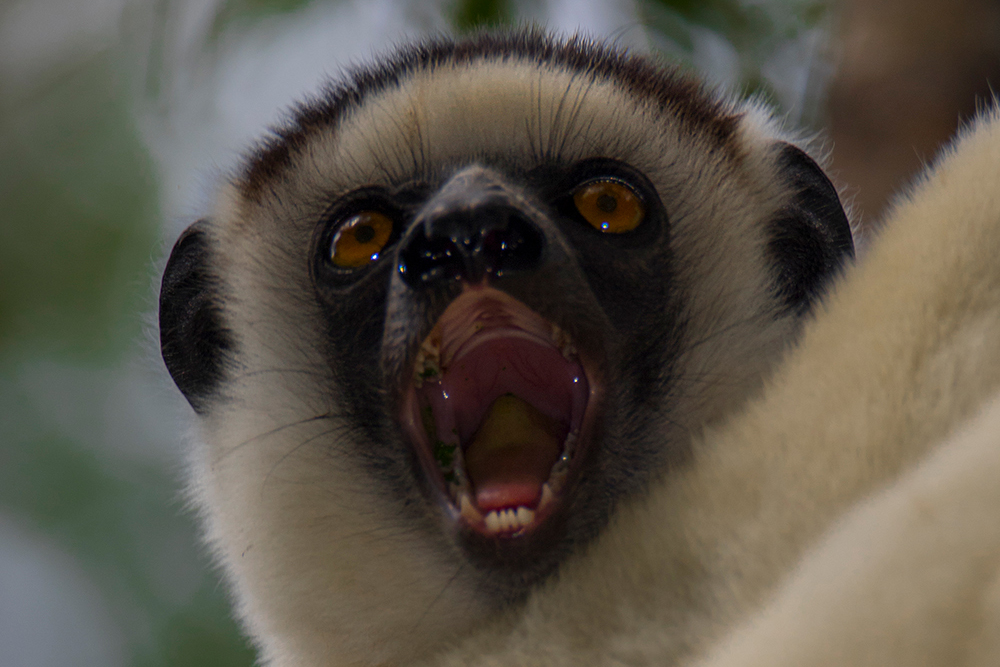
#7 Lemurs have special teeth for grooming in the lower jaw.
In lemurs, the incisors at the very front of the lower jaw form a so-called “tooth comb”. It is used for grooming and cleaned with a small, second tongue. Some lemurs also use the tooth comb to spoon out tasty fruits or to scent bark particularly effectively.
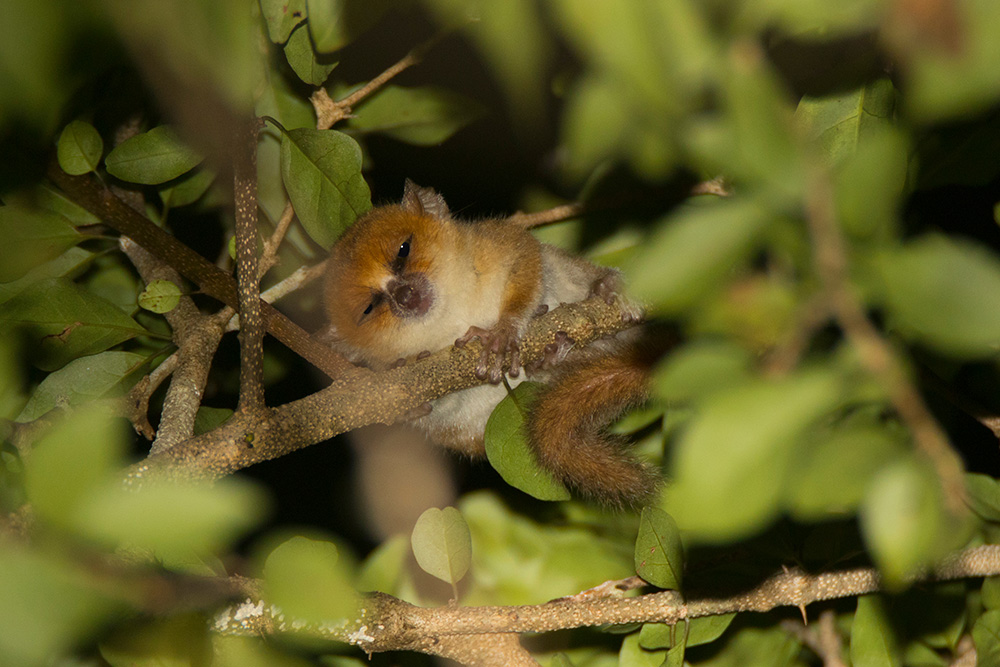
#8 The largest lemur is the Indri, the smallest Madame Berthe’s mouse lemur.
Indris can reach up to 10 kg with a body size of around 70 cm. With outstretched arms and legs, they are then a proud 120 cm long. Madame Berthe’s mouse macaque, on the other hand, is the smallest known primate in the world with a body weight of just 25 bi 35 g.
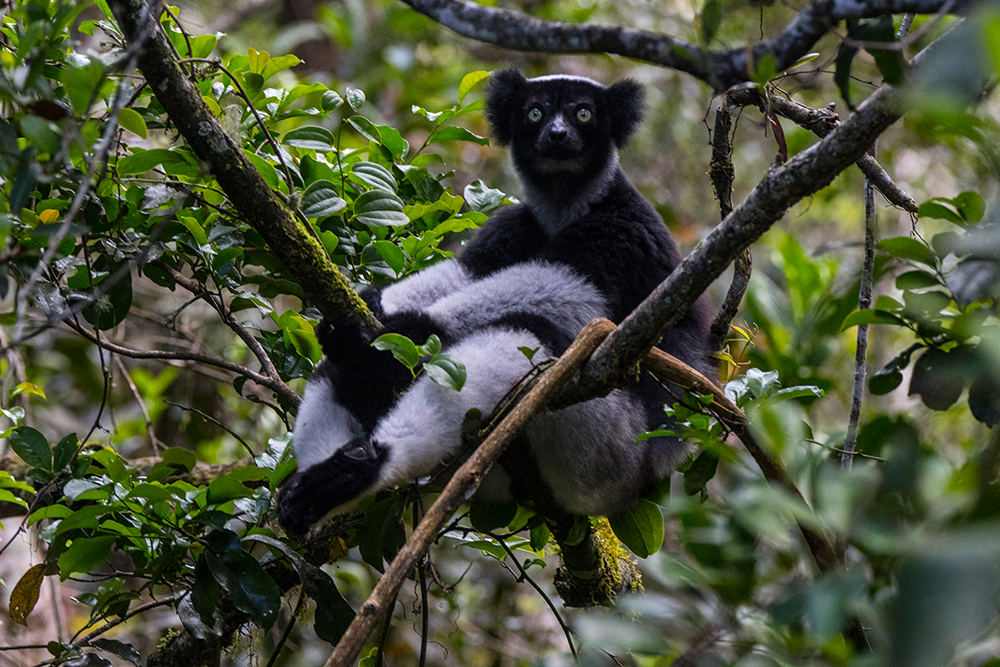
#9 There is only one species of lemur that does not have a long tail.
Indris are the only lemurs to have only one stubby tail. All the others have long, fluffy tails. By the way, lemurs do not use their tails as a “fifth hand”, as has long been assumed.
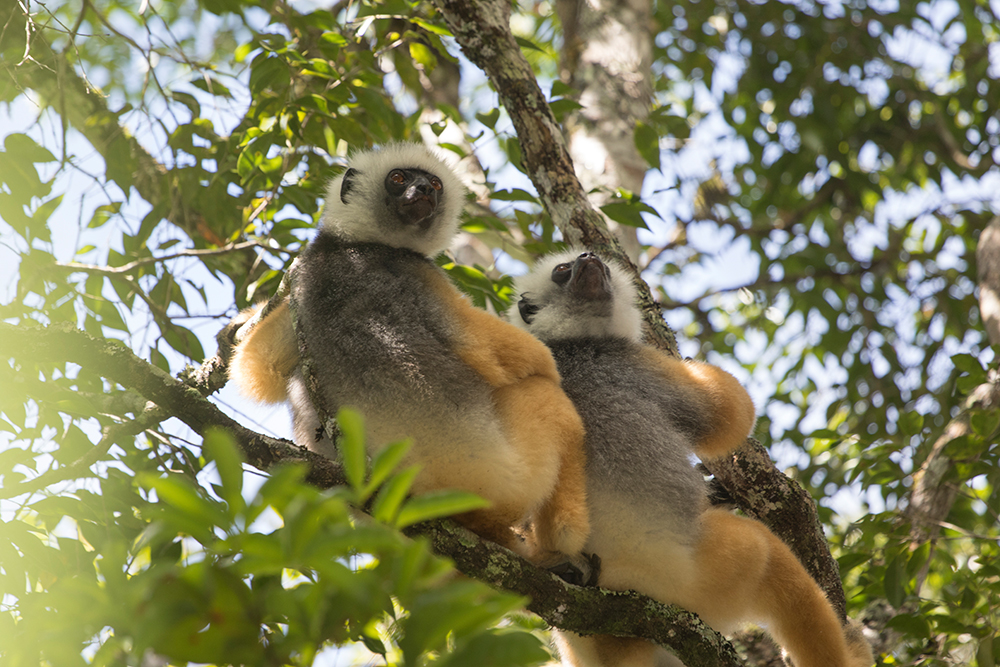
#10 Lemurs are among the most endangered mammals on earth.
Of the currently more than one hundred different species of lemurs, almost 40% are already acutely threatened with extinction. And all the other species are also already threatened. This is mainly due to the fact that the habitat of the lemurs in Madagascar is dwindling. The culprit is humans, who are cutting down forests to create rice fields, meadows for cattle, and coal piles.
 MADAMAGAZINE Your Magazine about Madagascar
MADAMAGAZINE Your Magazine about Madagascar
